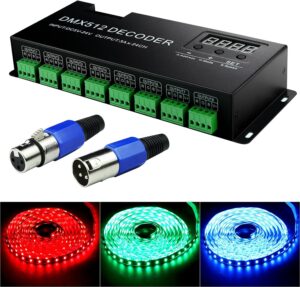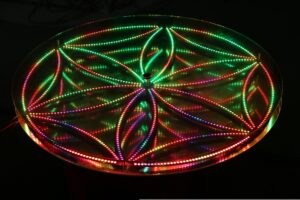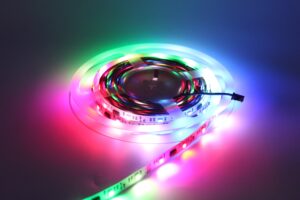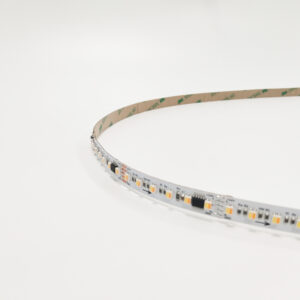
Ultimate Guide To Know Silicone LED Diffuser
LED strip lights are composed of multiple LEDs arranged on a strip-shaped flexible PCB board. When turning on the LED strip lights, we will see obvious spot light, and looking directly at the LED light source for long time will make our eyes uncomfortable.
In an environment where you need to use LED strips for a long time, installing a silicone diffuser for your LED strip is a good option for eyesight protection, especially for children and teenagers. Providing uniform light diffusion and soft lighting is the reason all LED light diffusers exist.









